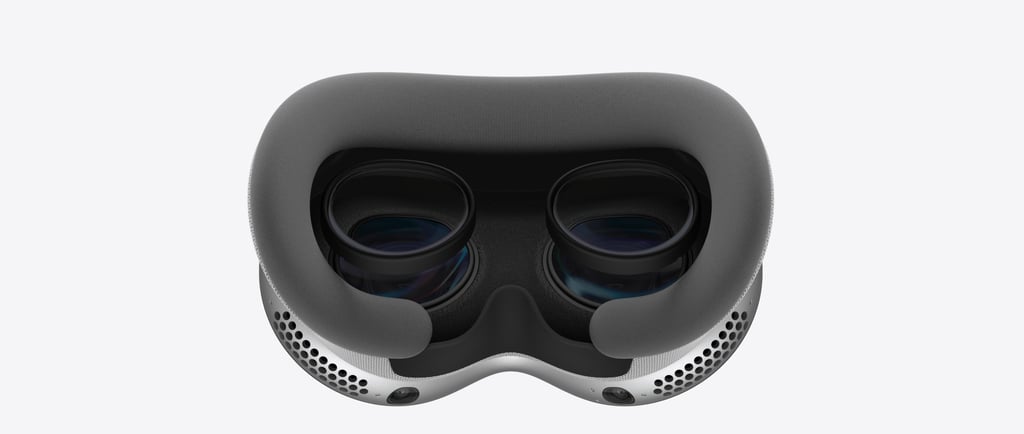Vision Pro: Apple’s Final Decisive Bet
Apple is betting everything on Vision Pro, adding a new processor and improved design to try converting a niche product into a commercial hit.
INNOVATIONGADGETS


Apple is putting all its hopes into the Vision Pro, the mixed‑reality headset that could become the company’s decisive last gamble. Launched at a price of $3,500, the device has drawn both admiration for its engineering and skepticism about mass adoption. Initial sales remain modest, critics point to its heavy weight, limited battery life and the need for bulky docking stations. Faced with these obstacles, Apple has chosen to reinforce the product rather than abandon the category, announcing an update that will incorporate an M4 or M5 processor, a more comfortable “Dual Knit” head strap and a Space Black finish intended to broaden its aesthetic appeal.
The Vision Pro’s positioning fits Apple’s “spatial computing” strategy, which aims to create an ecosystem where immersive applications complement classic services such as iCloud, Apple Intelligence and wearable devices. The new processor promises reduced latency and better handling of augmented‑reality workloads, two crucial criteria for developers who currently struggle to fully exploit the headset’s potential. At the same time, Apple organized a developer‑focused event, showcasing workshops on building visionOS experiences and mentorship sessions to stimulate the supply of native apps—a vital lever for turning the Vision Pro from a niche gadget into a viable platform.
The timing of this relaunch coincides with a market shift toward more discreet smart glasses offered by competitors in Silicon Valley and Asia. Apple does not appear to be abandoning the segment but rather repositioning the product as a premium device for creative professionals, architects and medical sectors where three‑dimensional visualization adds genuine value. The headset update, announced as part of the October 2025 event, could serve as a bridge between the first generation—deemed too expensive for the mass market—and a more accessible version expected perhaps in 2026.
Financial stakes remain critical. The Vision Pro has cost Apple several billion dollars in research and development, and margins stay thin as long as sales volumes do not exceed a few tens of thousands of units per quarter. The company is banking on complementary services—subscriptions to immersive experiences, developer licensing fees and integration of mixed reality into professional suites—to amortize the initial costs. If the update attracts more industrial partners, Apple could turn the Vision Pro into a cornerstone of its B2B offering, similar to how the Mac evolved into a staple for creative and scientific markets.
In sum, the Vision Pro represents Apple’s last chance to prove that mixed reality can move beyond a technological curiosity to become a profitable, indispensable product. The combination of upgraded hardware, stronger developer support and a focus on professional use cases could reverse the current trend. Success will ultimately depend on Apple’s ability to convince users that the high price is justified by a truly differentiated experience and to build a sufficiently rich ecosystem to sustain large‑scale adoption.
Sources:


